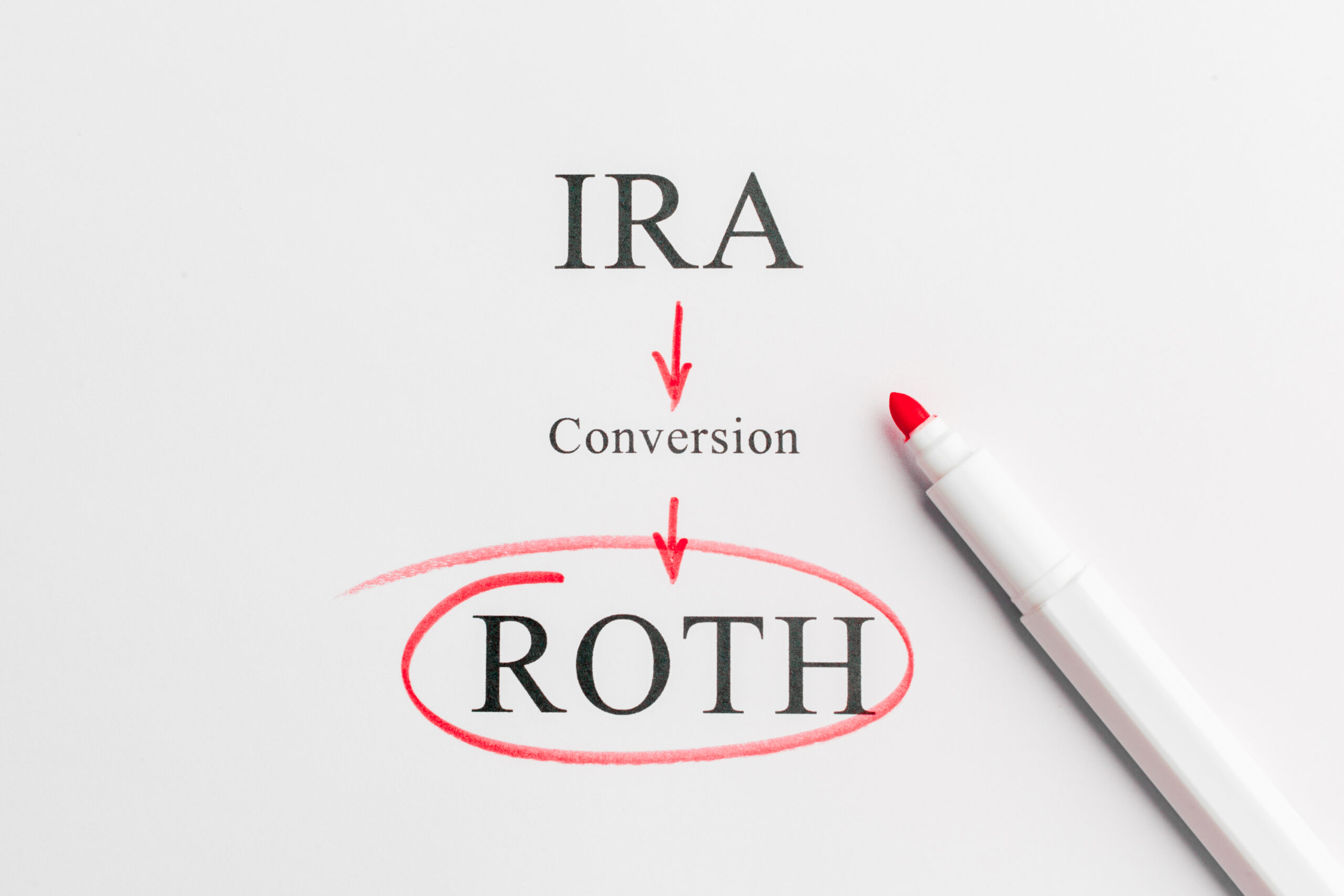Congratulations! You’ve made it. You’ve spent decades saving and investing for this very moment—the transition from work to retirement. But, how will you turn your bucket of money into a predictable monthly paycheck?
For many folks, moving from the accumulation phase to the drawdown phase can be particularly challenging. After all, you’re used to seeing your portfolio numbers continuously rise with your monthly, quarterly, or annual contributions. So, it’s only natural that starting to live off those assets will be a little nerve-wracking. But, there is a way to combat the unnecessary stress of the drawdown phase and that is by building a paycheck from your portfolio for your own predictable income.
Now, You Are Your Own Boss
Receiving a steady paycheck from your employer and receiving a steady paycheck from your portfolio isn’t too different, but now you’re the boss and you get to choose your income. Of course, it will be your job to keep “the business” afloat while generating a predictable income from your resources.
1) Start with a Base Salary
You’ll want to decide on an income that allows you to live life comfortably but also keeps your company alive and thriving. In order to do this, you’ll need to build a base salary you can maintain easily, regardless of what the markets are doing. You don’t want to be living the high life while the market is up, only to live a diminished lifestyle when the market is down. Your base salary, then, should always be enough to cover your needs and fixed expenses.
How do you generate a base salary? By building a portfolio that is already generating income. Whether you are talking about real estate, dividends, or private credit, the idea is to have your portfolio already generating income whether the market moves up or down. This puts a lot less strain on you to create your income in tougher economic climates.
2) Give Yourself “Bonuses” in Higher-Yielding Years
When the market is performing better than average, you can create a bonus plan. “Bonuses” will supplement your base salary and cover discretionary expenses above and beyond your needs and fixed expenses.
This is not unlike receiving a bonus from your business. Based on market performance and how much excess income is being generated in your portfolio, you can draw more from your “company” when revenue generation is high, in order to pay for those family trips or for expenses you’d like to splurge on.
Of course, your “bonus” distribution amounts should always be chosen with a sustainable distribution in mind. After all, if there are excess earnings in your business—aka your portfolio—those earnings will grow and produce even higher distributions in the future.
This, of course, brings us to the inevitable question of how much of your “business earnings” you’d like to spend over the course of your lifetime. Do you want to live off the business sustainably, draw down your assets, or grow your assets? This will ultimately inform how much you pay yourself.
3) Decide How Much to Pay Yourself
In order to decide how much you’ll pay yourself, you’ll have to identify your main retirement goal. Essentially, there are three plans you can have in retirement: (1) Capital Utilization, (2) Capital Preservation, and (3) Capital Growth. Your spending rate, and subsequently how much you withdraw with each paycheck, will be entirely dependent on which retirement plan you want to follow.
If you’ve followed me on The Personal CFO, you may be familiar with my video series on these three types of retirement plans. In these videos, I explain the three approaches to retirement spending and the benefits and drawbacks of each.
Essentially, you can choose to see your retirement income line stay flat with a Capital Preservation strategy, watch it go up with a Capital Growth Strategy, or watch it slowly go down with a Capital Utilization Strategy. There is no one plan that is inherently superior to another. Which you choose should ultimately reflect your wishes.
Consider Working with a Retirement Expert
Regardless of which strategy you decide works best for you—even if it is the utilization strategy where you intend to spend more than your portfolio makes—you’ll need to pick a base salary and bonus structure that meets your ultimate goal.
If you’re unsure how you will generate a predictable income from your resources, find an advisor well-versed in retirement income planning. They can help you build a plan that will give you clarity in creating your own retirement paycheck.






